September 27 is World Tourism Day. While the day was founded to encourage sustainable travel, connecting people of different cultures and geographic locations, medical tourism is quite different.
In the following post, we will explore how medical tourism gained popularity, instances when it is used, and the public’s perception of it, which relates to associated risks and benefits.
What is Medical Tourism?
Medical tourism refers to the act of traveling abroad to receive medical attention. This type of travel is generally used for more extensive surgical procedures. Recently, this has changed with smaller procedures and medical appointments relying on this medical practice with increasing frequency.
Why do People Pursue This Type of Medicine?
Initially, this type of medicine was used by individuals in rural areas of the world to gain access to medical care not offered locally. With medicine becoming more accessible, this type of medical tourism is becoming less prevalent.
Medical tourism today is closely associated with financial gain. Individuals planning to undergo expensive medical procedures may find cheaper alternatives by traveling to other countries. In the U.S., patients undergoing surgery must pay a multitude of fees, which include physician fees, staff fees, and operating room fees. Additionally, patients have to pay for their medication, consultations, and pre- and post-operative care.
In other countries, medical care can be cheaper. Some argue that surgical procedures abroad can cost 25% less than they do within the U.S. For this reason, medical tourism is becoming increasingly popular among U.S. citizens. Individuals are traveling to counties like India, Brazil, and Mexico for the chance at a better-quality life with fewer medical bills.
What Makes It Controversial?
Using medical tourism to save on finances doesn’t get too much flack so, why does it have negative connotations? Negative thoughts and feelings attached to this type of medicine come from safety concerns, specifically connected with circumvention tourism.
Medical tourism aboard can be risky for patients. Unregulated procedures, equipment limitations, undertrained staff, and sanitation issues can arise. These items may be more present in services relating to plastic surgery where injections are not approved and can cause medical complications.
Ethics also come into play for individuals seeking out circumvention tourism services. Those who participate in this type of medical tourism travel outside their home country to receive abortions, receive unregulated fertility treatments, and even obtain physician-assisted suicide.
Despite concerns over the safety and morals of specific medical tourism procedures, some insurance companies within the U.S. now promote it. They want in on the savings, approaching the situation with the understanding that procedures abroad, if cheap enough, will require less coverage on their part.
Want to combine travel and medicine in a different way?
Participate in a clinical experience in the U.S. with AMO!


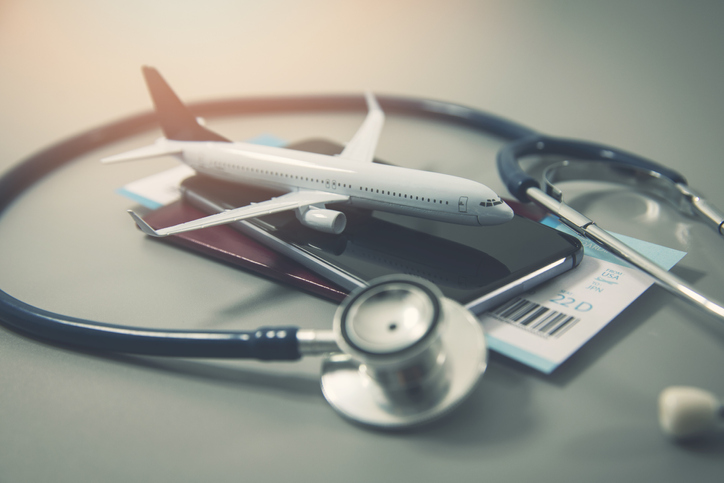
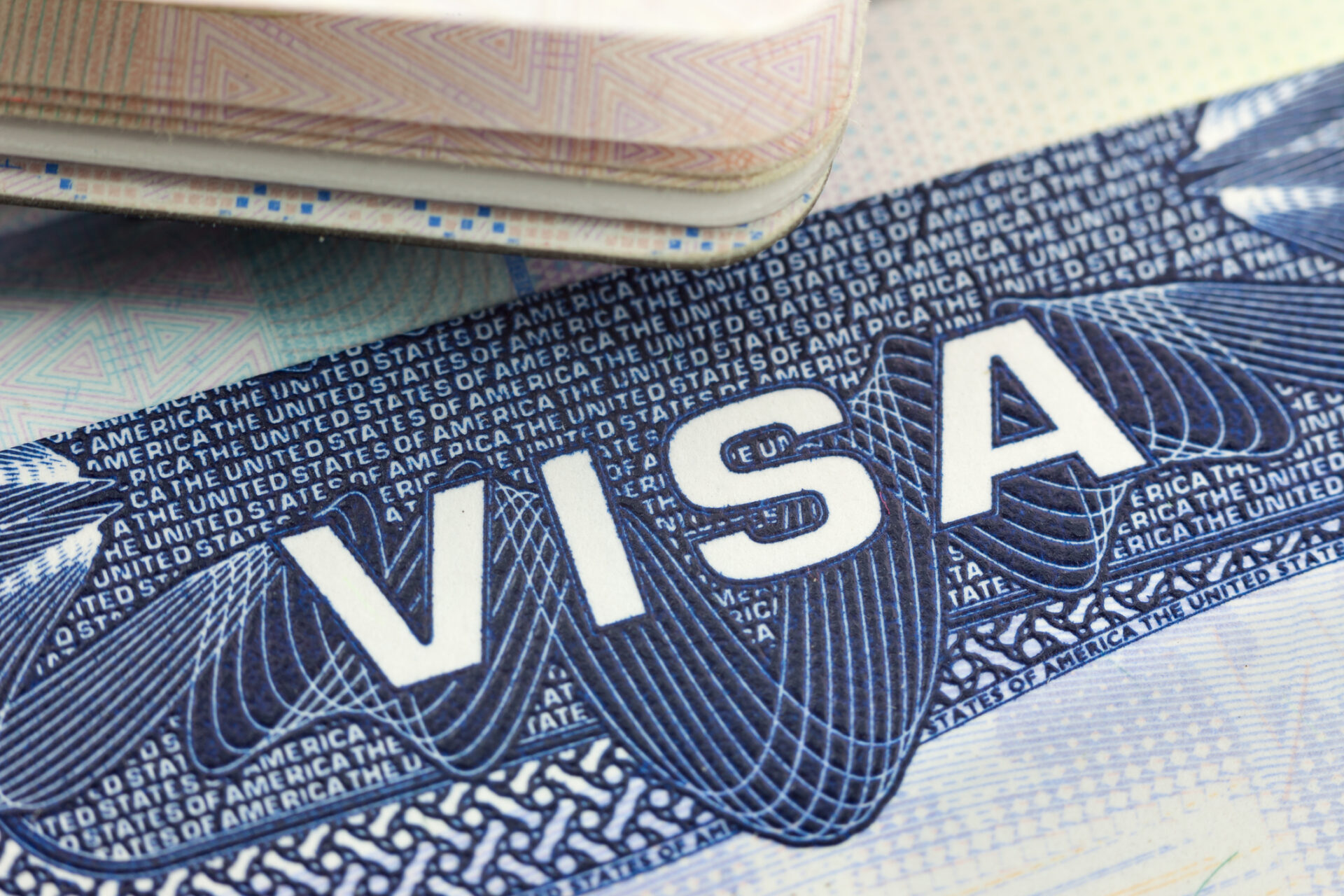
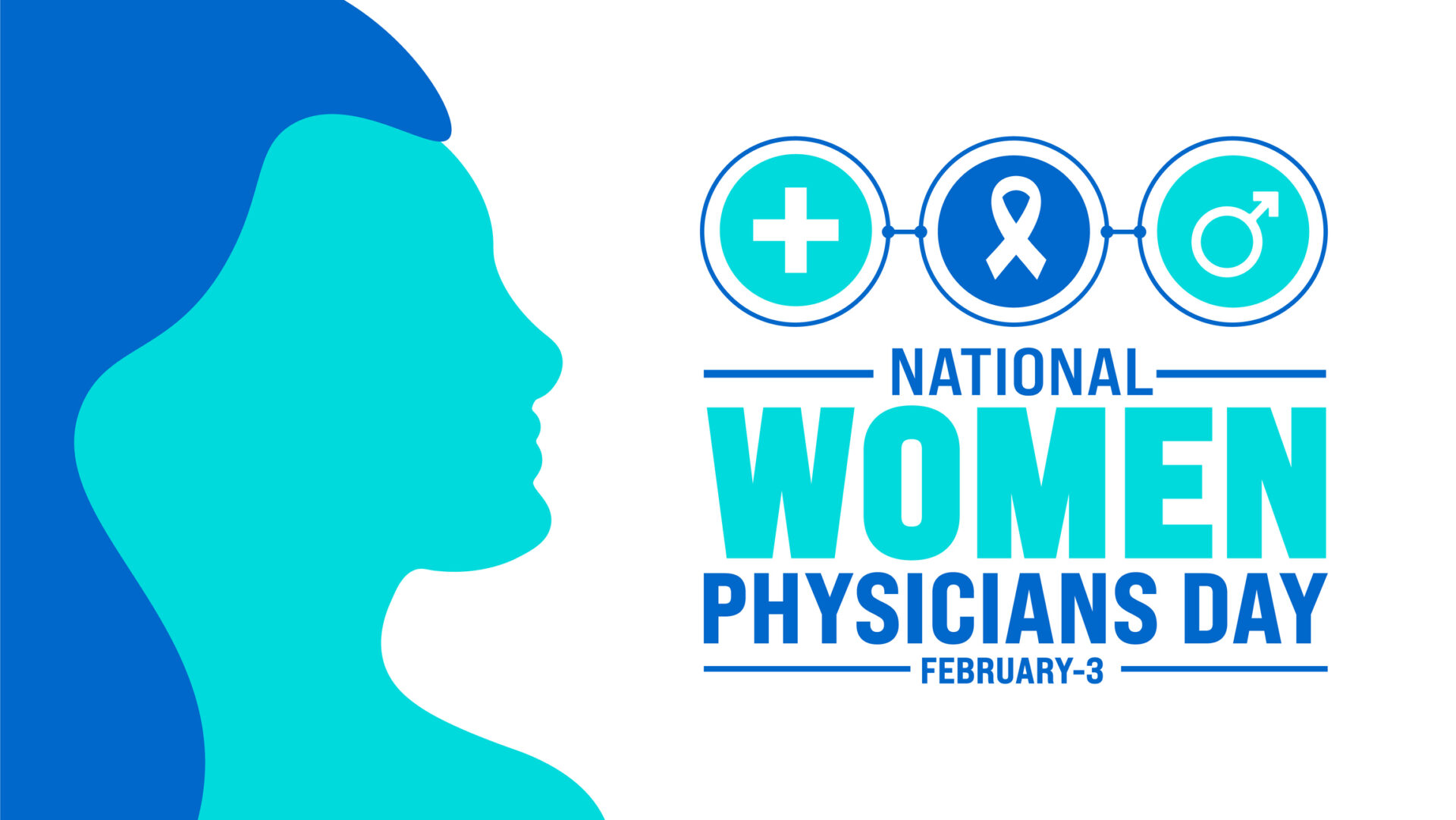
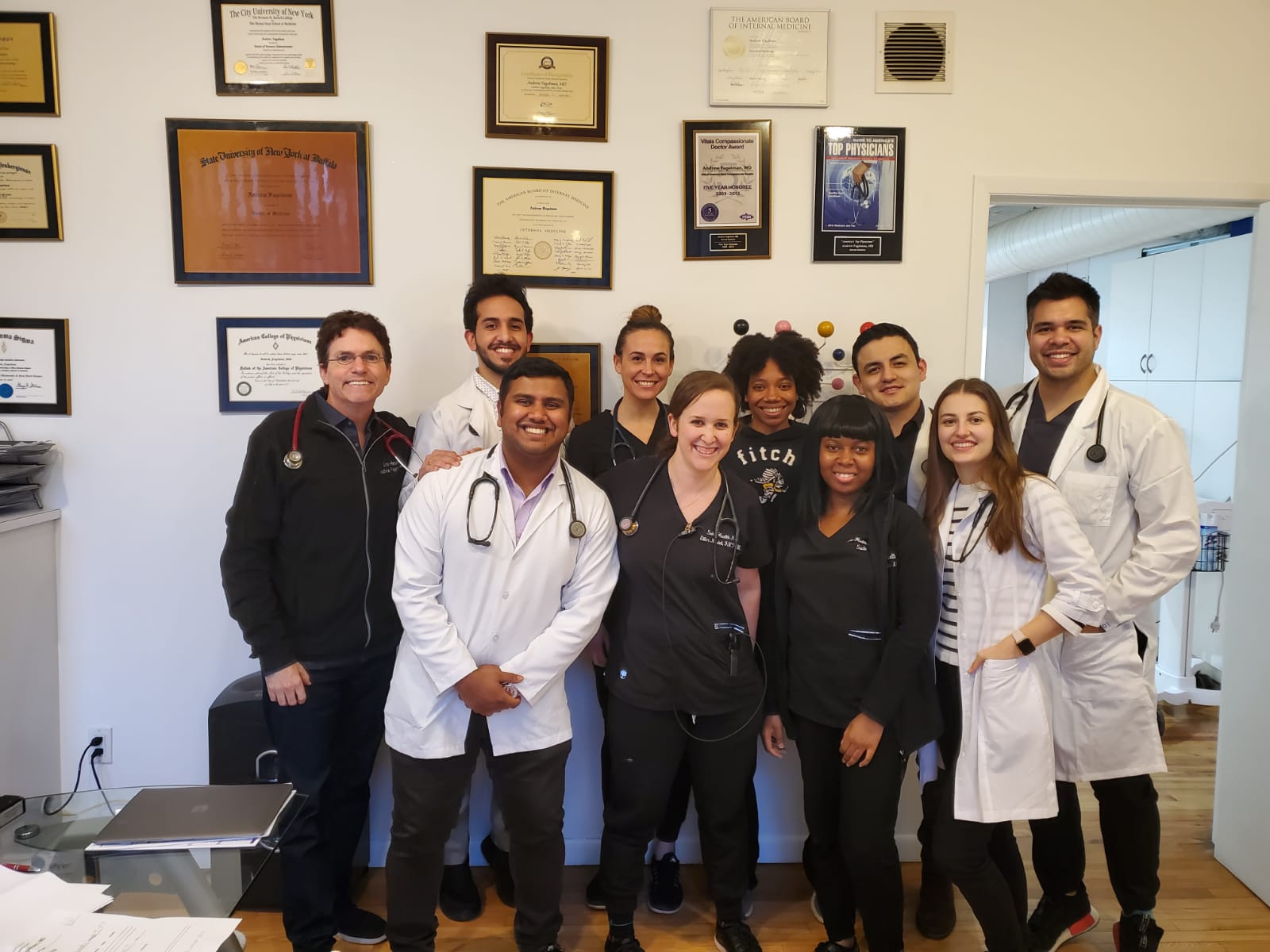
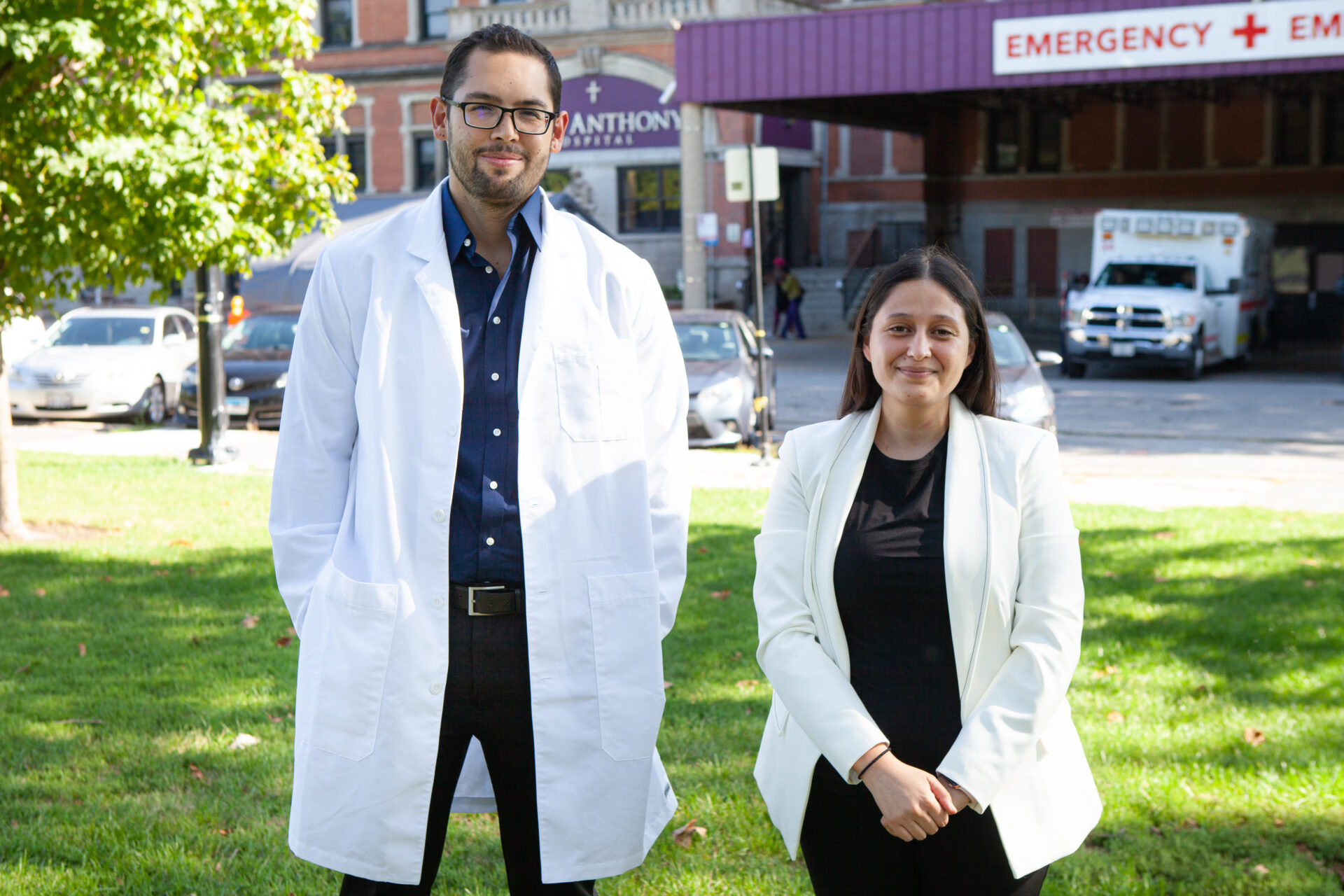
Leave A Comment